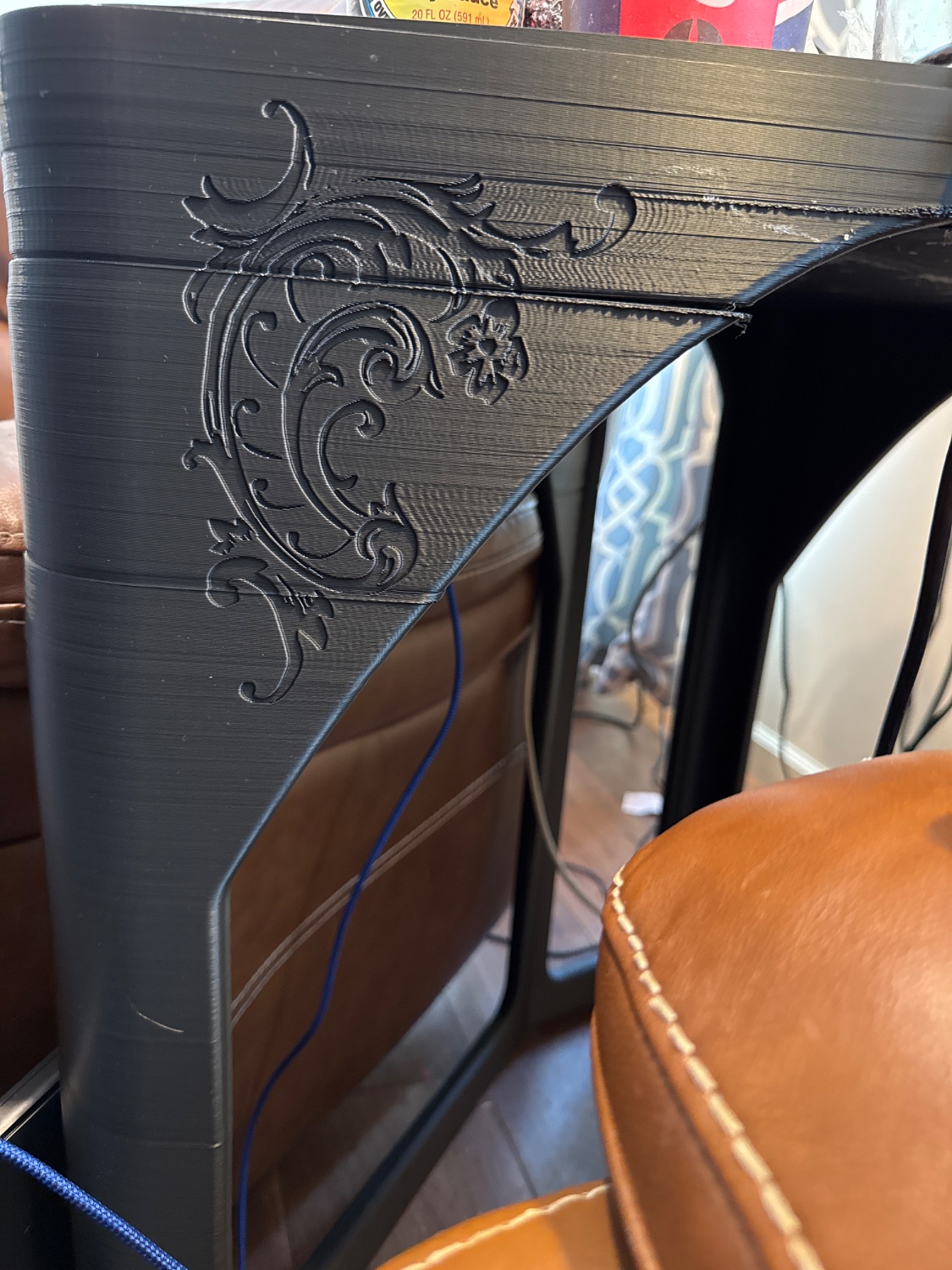3DPrinting
3DPrinting is a place where makers of all skill levels and walks of life can learn about and discuss 3D printing and development of 3D printed parts and devices.
The r/functionalprint community is now located at: or [email protected]
There are CAD communities available at: [email protected] or [email protected]
Rules
-
No bigotry - including racism, sexism, ableism, homophobia, transphobia, or xenophobia. Code of Conduct.
-
Be respectful, especially when disagreeing. Everyone should feel welcome here.
-
No porn (NSFW prints are acceptable but must be marked NSFW)
-
No Ads / Spamming / Guerrilla Marketing
-
Do not create links to reddit
-
If you see an issue please flag it
-
No guns
-
No injury gore posts
If you need an easy way to host pictures, https://catbox.moe may be an option. Be ethical about what you post and donate if you are able or use this a lot. It is just an individual hosting content, not a company. The image embedding syntax for Lemmy is 
Moderation policy: Light, mostly invisible
view the rest of the comments

I think you’re right on the suggestion. It’s not enclosed and in a garage. That seems a good place to start.
Thank you.
I think I am running pla at 215 or 220. The clogging is coming from filament extrusion build up after the print fails to get adhesion. There’s no sensors to detect failed prints, like on a Bambu.
Also what’s ringing?
If you look at the wavy lines around the inlay, that's ringing. It has to do with resonances in the printer itself. The latest hotness to get some control of this type of artifact is called input shaping. On newer printers, like the Bambu, they have an accerometer built into the printer. (And my Bambu mini will do that resonance test EVERY new print-- until I commented it out. It's not needed that often).
Since you are running klipper, you can do input shaping adjustments quite easily. Do NOT GUESS at values. You can damage your printer that way. The documentation is very good to try and help with making improvements. You may also want to re-adjust your Acceleration after you do the resonance testing. In fact I highly recommend you run all these tests after you build an enclosure for your printer. For your extra large prints, cooling and layer time can become quite important also to prevent warping.
Thank you
Garage ain't good for printer, cold and humidity don't mix well with 3d printing, your clogging could also come from the warp issue as print goes up, nozzle dive into printing area, it's not able to extrude properly so melting plastic goes up and you get a clog.
Ringing is an artifact, which can be cause by speed, belt not tightened correctly, frame assembly. If everything seems to be correct, then you might look to see if your printer supports other firmware (some of them can help to reduce/eliminate it) https://cdn.shopify.com/s/files/1/0245/5519/2380/files/3d-print-ghosting.png?v=1681176108
See how the X seems to echo on the print